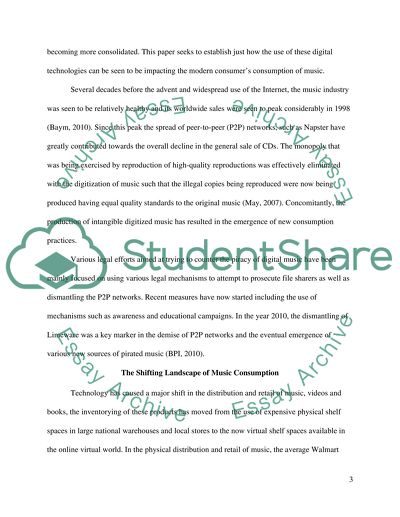Cite this document
(“Digital Technologies and Contemporary Patterns of Music Essay”, n.d.)
Retrieved from https://studentshare.org/music/1613203-critically-asses-the-ways-digital-technologies-have-impacted-on-contemporary-patterns-of-music-consumption
Retrieved from https://studentshare.org/music/1613203-critically-asses-the-ways-digital-technologies-have-impacted-on-contemporary-patterns-of-music-consumption
(Digital Technologies and Contemporary Patterns of Music Essay)
https://studentshare.org/music/1613203-critically-asses-the-ways-digital-technologies-have-impacted-on-contemporary-patterns-of-music-consumption.
https://studentshare.org/music/1613203-critically-asses-the-ways-digital-technologies-have-impacted-on-contemporary-patterns-of-music-consumption.
“Digital Technologies and Contemporary Patterns of Music Essay”, n.d. https://studentshare.org/music/1613203-critically-asses-the-ways-digital-technologies-have-impacted-on-contemporary-patterns-of-music-consumption.


